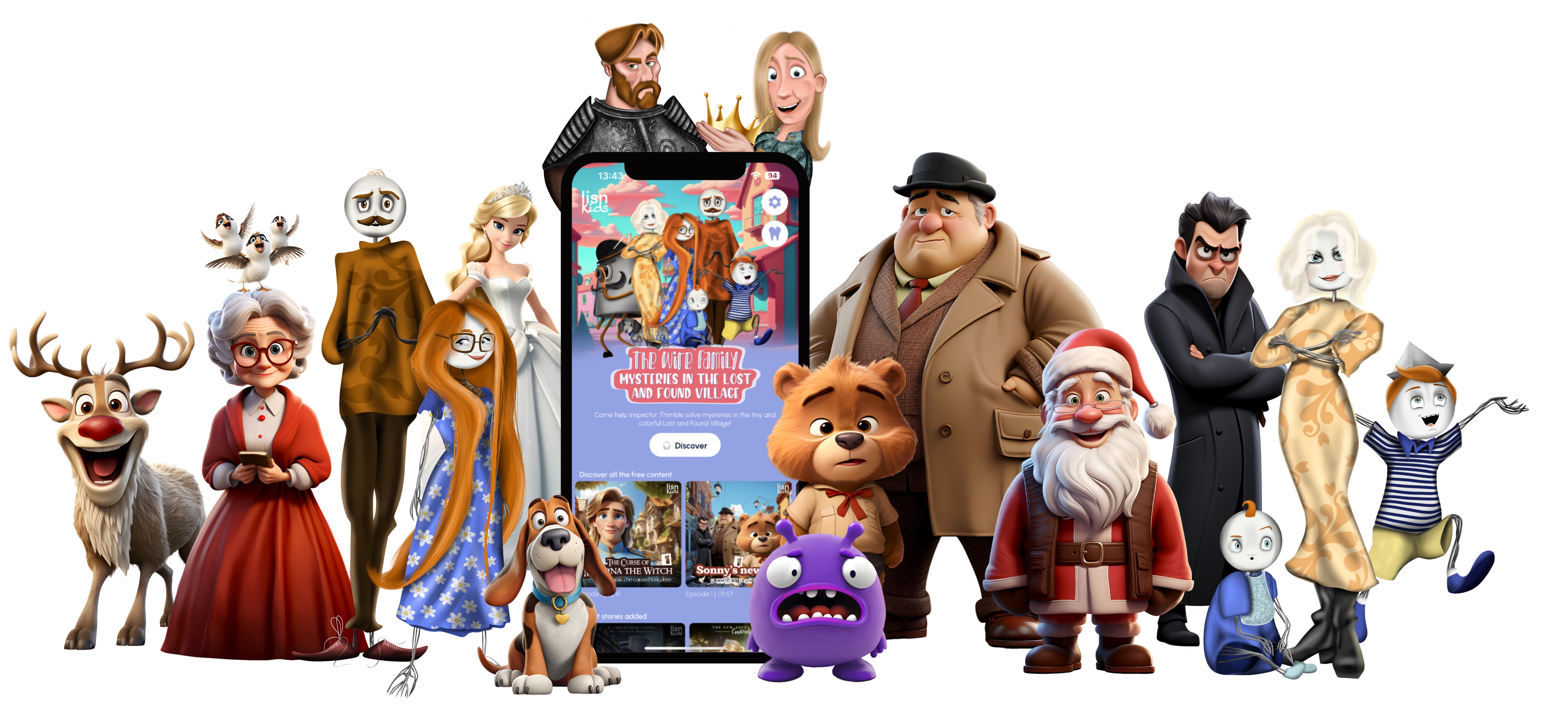Should You Let a 4-Year-Old Watch YouTube Alone?
Why this question matters more than ever
You're not alone. For many tired, overwhelmed parents, handing over the tablet and letting a young child watch YouTube for a few minutes of peace feels like a lifeline. The dishes are piling up, someone needs dinner, your older child can't find their homework — and your 4-year-old is restless and loud. A screen seems like such an easy fix.
But maybe you've started to ask yourself: Is it okay to let them watch alone? Does it matter if it’s only ten minutes? Twenty? Maybe even an hour a few days a week?
Those questions are valid — and important. You’re not a bad parent for asking. In today’s digital world, navigating your child’s screen time isn't about guilt. It's about making informed, thoughtful choices—especially when it comes to free platforms like YouTube that weren't designed with toddlers and preschoolers in mind.
The mixed reality of YouTube for young children
Let’s be honest: YouTube is a digital playground with everything from gentle bedtime stories to fast-moving cartoon mashups with flashing lights and aggressive tones. While you may find beautiful educational videos, they’re sitting next to content that’s overstimulating or even downright bizarre. Autoplay, ads, and algorithm-driven suggestions can quickly take your child places you didn’t intend them to go.
When a 4-year-old watches YouTube without adult supervision, a few things can happen:
- They may stumble upon content that's not age-appropriate, even through the "Kids" version.
- The constant stimulus can shorten their attention span and make it harder to sit still later in the day.
- They may become emotionally attached to characters or themes that don't reflect your family’s values.
That’s not to say YouTube is all bad. In fact, when used intentionally as an educational tool, and especially when co-viewed with a trusted adult, it can be a valuable and inspiring resource. But the key word here is intentional.
Understanding a 4-year-old’s brain
At age four, your child’s brain is growing rapidly, and routines, predictability, and sensory input all play vital roles in how they process the world. At this age, children are still developing self-regulation skills. They don't yet know how to stop themselves from watching too long, how to click away from upsetting content, or even how to understand whether something is fictional or real.
When a child watches YouTube alone, their screen time is often driven by the platform's design, not their developmental needs. That’s a crucial distinction. It’s one reason some parents are even beginning to ban YouTube altogether, opting for simpler, safer alternatives that don’t come with never-ending scrolls and suggested videos.
What happens emotionally when kids watch unsupervised
Parents often notice emotional shifts in their children after extended unsupervised YouTube time: irritability, difficulty calming down, resistance to transitions (like turning off the screen), or trouble falling asleep. In fact, this is a common concern that’s explained in more depth here.
Young kids struggle to process intense visuals, quick cuts between scenes, or conflicting messages. Emotional deregulation after screen time is real — not just a phase. And repeated exposure can shape behavior in subtle ways over time.
Creating a balanced, realistic media routine
Instead of feeling like you have to fully eliminate YouTube, you might try reframing how it’s used in your home. What would it look like if YouTube became an occasional, purposeful tool, not an open-ended babysitter?
Consider scheduling short, co-viewed screen sessions where your child knows what to expect. You might also opt for platforms that are calmer and more age-conscious — environments where your child can enjoy stories or songs without the chaos of scrolling or advertisements.
For moments when you're busy but want to keep your child's media intake safe and enriching, it helps to broaden your toolkit beyond video. For instance, audio content has quietly emerged as a screen-free lifesaver for many families. Apps like LISN Kids (available on Apple App Store and Google Play) offer original audiobooks and audio series tailored for ages 3 to 12. With no screens to manage, kids can build their imagination, listening skills, and independence in a calmer, more mindful way.

When real life collides with best intentions
It’s okay if your child has watched YouTube without supervision. You’re not alone. For many parents — especially those navigating multiple children or work obligations — screen time can sometimes feel like the only option.
But if you're reading this, chances are you’re trying to make a change, however small. That’s what really matters: the willingness to step back, reflect, and find new rhythms that work for your family. That might mean more time outdoors. Or less autoplay. Or creative ways to keep your child entertained without YouTube. Even the smallest shift can start creating a more balanced routine.
Final thoughts
So — is it okay to let a 4-year-old watch YouTube alone? It depends. But in general, young kids benefit most when their screen experiences are brief, supervised, and balanced with plenty of hands-on, real-world play.
There’s no perfect formula. Every family is different. Aim not for perfection, but for consistency and calm. Your child doesn’t need you to eliminate every cartoon. They need your presence, your guidance, and a digital world that feels kind, safe, and paced to their little rhythm.
And you — you need reminders that it’s okay to pause, regroup, and choose what works for your reality. You are doing enough. One intentional choice at a time.
